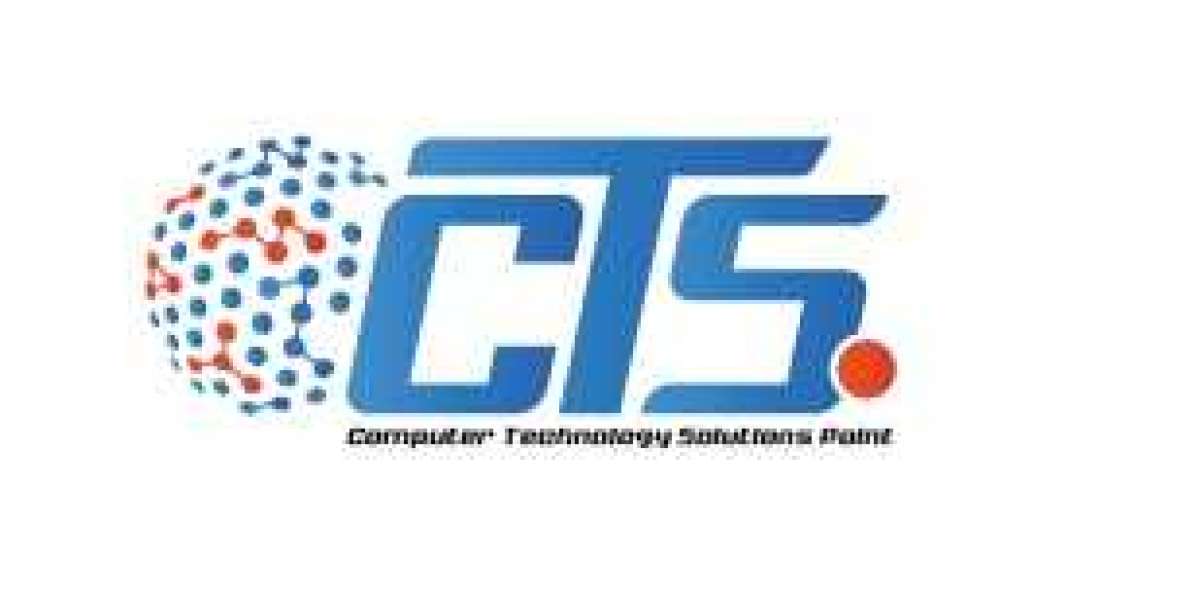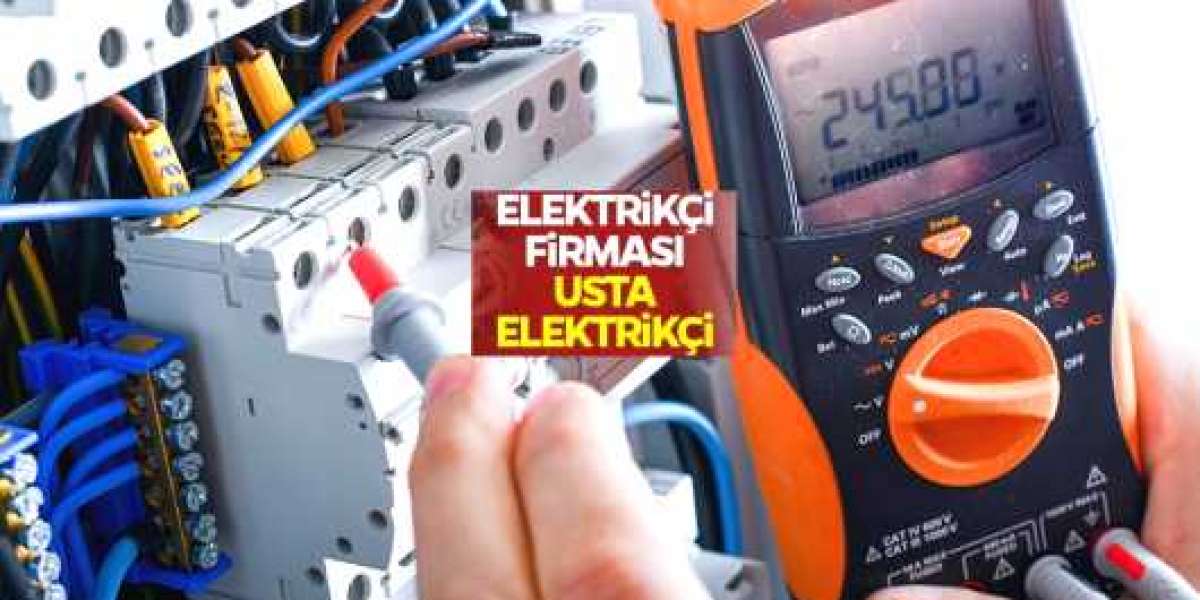Introduction
Motherboards are the central hubs of any computer system, connecting all the crucial components, allowing them to communicate and function cohesively. Whether in desktops, laptops, or servers, the motherboard's design and capabilities significantly impact the system's performance, expandability, and overall functionality.
Structure and Components
A motherboard is a complex printed circuit board (PCB) with various connectors and slots that accommodate essential components such as the CPU, RAM, storage devices, and expansion cards. The layout typically includes the CPU socket, memory slots, chipset, power connectors, and various input/output (I/O) ports. Each component has a designated place, ensuring optimal performance and minimizing interference.
The CPU socket is arguably the most critical part of the motherboard, determining the type of processor the system can support. Memory slots are designed to hold RAM modules, impacting the system's speed and multitasking capabilities. The chipset, often divided into the northbridge and southbridge, manages data flow between the CPU, memory, and peripheral devices.
Functionality and Performance
The motherboard's primary function is to act as the backbone of the computer, providing a platform for all components to connect and interact. It facilitates data transfer, power distribution, and communication between various parts of the system. The choice of motherboard can influence a computer's performance, expandability, and compatibility with future upgrades.
Different Motherboards support varying numbers of expansion slots and ports, including PCIe slots for graphics cards, M.2 slots for SSDs, and USB ports for peripherals. High-end motherboards may also offer advanced features like integrated Wi-Fi, enhanced audio capabilities, and robust power delivery systems, catering to gamers, professionals, and enthusiasts.
Types and Uses
Motherboards come in different form factors, each suited to specific applications. The most common form factors include ATX, MicroATX, and Mini-ITX. ATX motherboards are typically used in full-sized desktops, offering extensive expandability and multiple slots for various components. MicroATX boards are more compact, suitable for mid-sized systems, while Mini-ITX boards are designed for small form factor builds, emphasizing space efficiency without sacrificing essential features.
In addition to desktops, there are specialized motherboards for laptops and servers. Laptop motherboards are compact and integrate most components to fit the slim profile of portable devices. Server motherboards, on the other hand, focus on reliability, scalability, and support for multiple processors and large amounts of RAM, making them ideal for data centers and enterprise environments.
Conclusion
Motherboards are the unsung heroes of computer systems, enabling the seamless operation and interaction of all critical components. Understanding their structure, functionality, and types is essential for anyone looking to build, upgrade, or maintain a computer. As technology advances, motherboards continue to evolve, offering more features and greater performance, meeting the diverse needs of users across various fields.




